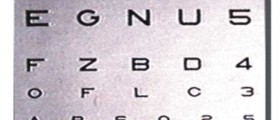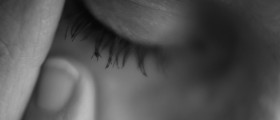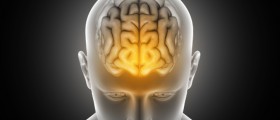
Headaches are often very uncomfortable. In some cases, they can be associated or caused by eye problems, such as focusing difficulties, eyestrain and inflammation of the eye or glaucoma. Sometimes, even though there is no actual involvement of the eyes in development of headache, people still feel as if this area of the face hurts and this is known as referred pain.
Ophthalmologist is an obvious choice in case your doctor suspects some eye problems to be the cause of your headache. Eye evaluation is very important to properly diagnose and treat any particular eye condition responsible for migraine headache. However, this is rarely the case, since other causes are much more frequently responsible for pain in the head.
Migraine Headache May Be Linked to Eye Problems
People suffering from headaches and especially migraine headaches often complain about the pain around or behind their eyes. Although there is universally accepted theory, most doctors suspect that the cause of migraine is the change of vascular tone in the brain.
Some migraine patients may notice certain triggers, which initiate their headache. Flickering lights, glare or very bright light can provoke migraine, as well as loud noise, fatigue, stress, exertion or depression. Women are much more likely to experience migraine headaches, so any hormonal change during their monthly cycle or the use of birth control pill or estrogen can also lead to this problem.
People sensitive to food with substances such as nitrates, tyramine, phenylethylamine or MSG may also develop migraine headaches. Their migraine attack can be induced by eating yogurt, some cheese, chocolate, processed meat or drinking caffeine, alcohol, wine or drinks with artificial sweeteners.Migraine Symptoms
As already mentioned, patients suffering from migraines are mostly women, while men are less likely to have this problem. Some of these patients may sense approaching migraine, and this is known as the “aura”. Such headache is called ophthalmic migraine. There can be some audio or visual change, including a zigzag pattern of shimmering light in peripheral vision. Having an aura enables migraine patients to get prepared for the headache, but aura does not have to be followed by headaches every single time. Besides having visual or audio aura, migraine onset may be also accompanied by some neurological changes and subsequent numbness or tingling on one side of the body.
Once the migraine starts, patients might experience nausea or vomiting, while some may also notice extreme sensitivity to all kinds of smell, sound and also intolerance to light.
















Your thoughts on this
Loading...